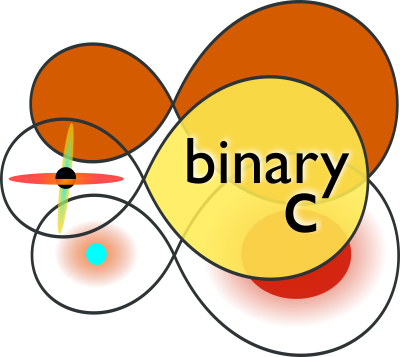
Stars and stellar evolution
Stars are the lights and engines of the Universe. By converting hydrogen to helium and heavier elements, like the carbon and oxygen vital to life, stars are the dynamical drivers of the cosmos.
Overview
We study stars to understand the physics at work inside them: energy and matter transport, nuclear reactions and explosive nucleosynthesis from novae and supernovae.
Our research focuses on stars in binary and multiple systems. Matter can transfer between stars with companions, greatly altering their evolution. Many of the most exciting events in the heavens result in type Ia supernovae, dwarf and thermonuclear novae, stellar merging, gravitational wave emission, red novae and gamma-ray bursts.
Most exotic stars form in binary systems, such as blue stragglers, double degenerate stars, heartbeat stars, X-ray binaries and symbiotic novae.
Chemically peculiar stars like R-type carbon, R Coronae borealis, barium, CH and carbon-enhanced metal poor stars are or were all binaries, and their properties provide unique insight into fundamental astrophysical processes that are key to our understanding of the Universe and its evolution.
How binary stars live and die
A member of our group, Dr Robert Izzard, leads a team of researchers examining how binary stars live and die. He works on the dynamics of discs around binary-star systems, and how their orbits are affected by interaction with the discs. His binary_c stellar population framework, a code for estimating stellar statistics and nucleosynthetic yields, is used by groups across the globe, including the asterochronometry project.
David Hendriks is modelling the formation of discs in binary stars using binary_c and VADER.
Arman Aryaeipour is using the MESA stellar code to model thermonuclear novae.
Natalie Rees is making models of red-giant and post-helium ignition stars that undergo binary interactions.
Previous members:
Dr Giovanni Mirouh is modelling mass transfer in binary stars to improve binary_c, and making grids of detailed single and binary star models made with MESA and the Cambridge STARS code to update binary_c's stellar evolution algorithm. He is also an expert in asteroseismology of rotating stars. His postdoc is funded by the Science and Technology Facilities Council.
Tom Comerfrord is a PhD student in at the Institute of Astronomy, Cambridge, supervised by Dr Izzard, investigating the effect of Bondi-Hoyle-Lyttleton-like accretion on binary stars. He is also working on adapting the binary_c code to simulate triple stellar evolution.
Supernovae
Bob Nichol studies the end point of stellar evolution, namely supernovae. Over the last 20 years he has been involved in some of the biggest astronomical surveys for Type Ia supernovae and using them as standardizable candles to measure distances in the Universe. His work has helped underpin our understanding of the dark Universe, including the presence of dark energy, as well as finding new types of supernovae like superluminous supernovae and hypernovae.
The 4MOST Time-Domain Extragalactic Survey (TiDES) will conduct spectroscopic follow up of optical transients observed by upcoming sky surveys such as the Large Synoptic Survey Telescope (LSST). Over TiDES proposed observing timeline, it will observe spectra of over 30,000 supernovae (SN), of which about 25,000 will be type Ia SN. This will be the largest spectroscopic sample of SNe Ia to date and will allow us to further investigate the properties of sub-types of SN Ia and their systematic effects in the use for constraining the cosmological model and dark energy.
Due to the large number of spectra that will be observed, we are at a stage where visually analysing data is impractical. Therefore, we are currently developing a pipeline for TiDES that will automate the spectroscopic analysis of the observed supernovae spectra. In the future, we hope to the use the results from the spectral analysis to investigate the systematics present in using SNe Ia for constraining the cosmological model and dark matter.
The binary_c code

The binary_c code, an enhanced C-port of the Binary Star Evolution (BSE) code of Hurley et al. (2002) with many updates, provides stellar evolution for stars in the range 0.1 to 100 solar masses. Many enhancements have been implemented especially in the binary-star interaction algorithms and to bring other prescriptions up to date, such as stellar wind mass loss, mass transfer by Roche-lobe overflow and the treatment of stellar mergers. The latest physics additions include runaway stars and circumbinary discs.
More details are available at the binary_c homepage.